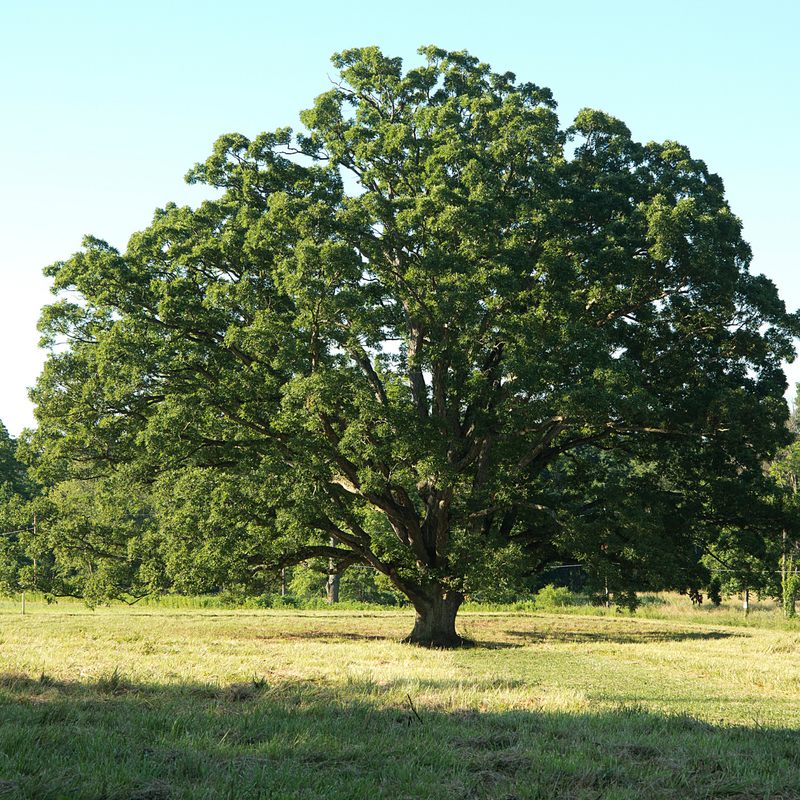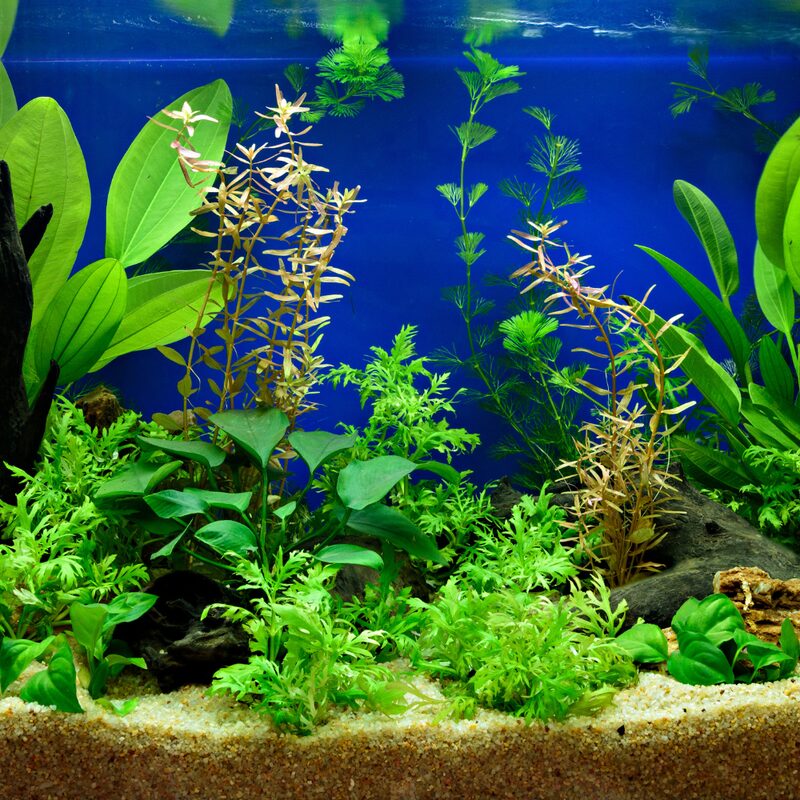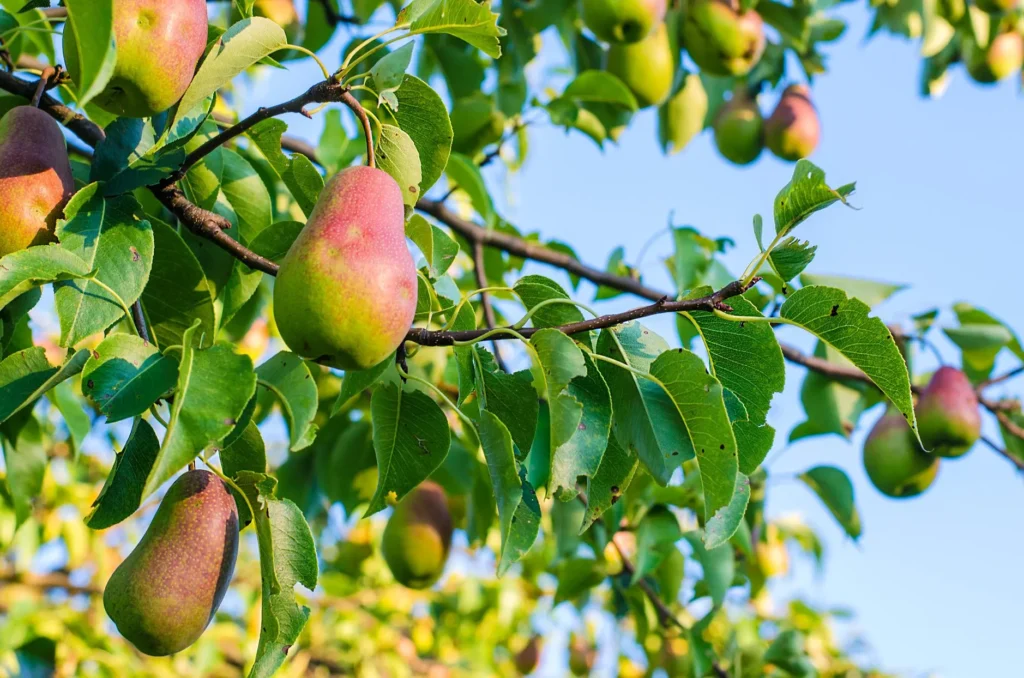Blog Post
Pear Tree Pollination Guide: Do Your Pears Need Cross-Pollination?
Have you ever planted a pear tree, excited for a bountiful harvest, only to find out that it barely produces any fruit? If so, you’re not alone. Many gardeners are surprised to learn that most pear trees require cross-pollination to yield a good crop. But is that always the case? And what about popular varieties like Moonglow, Bartlett, or Anjou pears—do they need a pollination partner?
In this guide, I’ll break down everything you need to know about pear tree pollination—from understanding self-pollinating varieties to choosing the best pollination partners for your trees. Plus, I’ll include a handy pear tree pollination chart to help you plan your orchard effectively!
How Does Pollination Work in Pear Trees?
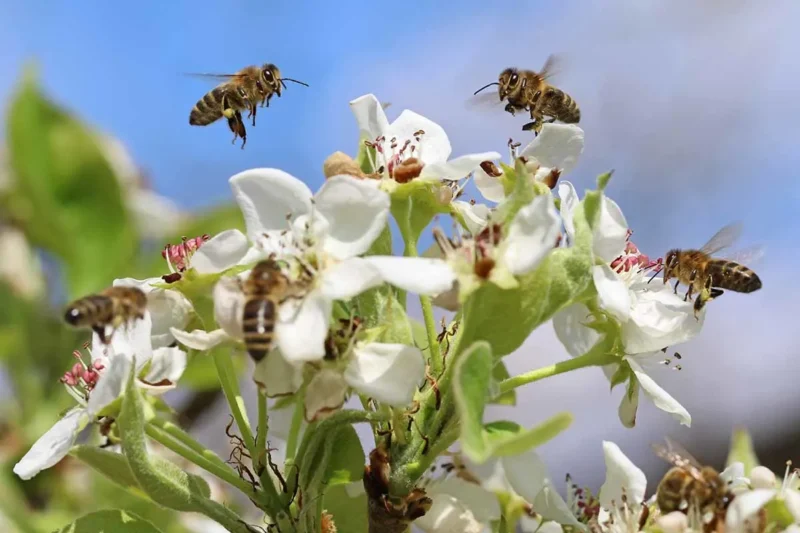
Pollination is the process where pollen from one flower fertilizes another, leading to fruit production. For pear trees, this can happen in two ways:
-
Self-pollination: Some pear trees are partially self-fertile, meaning they can produce fruit on their own, but yields are often lower.
-
Cross-pollination: Most pear trees require pollen from a different variety to set fruit. This means planting at least two compatible trees near each other is essential.
Self-Pollinating vs. Cross-Pollinating Pear Trees
| Type | Examples | Do They Need Cross-Pollination? |
|---|---|---|
| Self-Pollinating (Partially Self-Fertile) | Moonglow, Bartlett, Kieffer | May set fruit alone, but yields increase with cross-pollination |
| Cross-Pollinating (Requires a Pollinator) | Anjou, Bosc, Comice | Needs a different pear variety for fruit production |
How to Use a Pear Tree Pollination Chart
Using a pear tree pollination chart can make choosing compatible varieties much easier. Here’s what you need to keep in mind:
-
Same bloom time = better pollination: Trees need to flower at the same time for successful cross-pollination. If the bloom times don’t overlap, even having a pollinator tree nearby won’t help. Checking a chart ensures you pick varieties that bloom together, increasing your chances of a successful fruit set.
-
Plant within 50 feet: Bees and other pollinators play a crucial role in transferring pollen between trees. If the trees are too far apart, the likelihood of effective pollination decreases. Ideally, plant trees within a 15-50 foot range to allow pollinators to work efficiently.
-
Consider using a universal pollinator: Some pear varieties, like Bartlett pears, act as excellent pollinators for multiple other types of pear trees. If you are unsure which variety to pair, choosing a well-known universal pollinator can simplify your decision.
-
Check regional adaptability: Even if two pear trees have compatible bloom times, they need to thrive in the same climate conditions. Be sure to select varieties suited to your region’s growing conditions for the best results.
Pear Tree Pollination Compatibility Chart
| Pear Variety | Best Pollination Partners |
| Bartlett | Anjou, Bosc, Comice, Moonglow |
| Anjou | Bartlett, Moonglow, Kieffer |
| Bosc | Bartlett, Anjou, Moonglow |
| Comice | Bartlett, Anjou |
| Moonglow | Bartlett, Anjou, Bosc |
| Kieffer | Bartlett, Moonglow, Anjou |
If you’re unsure what to plant, Bartlett pears are one of the best universal pollinators for many varieties!
How to Ensure Successful Pear Tree Pollination
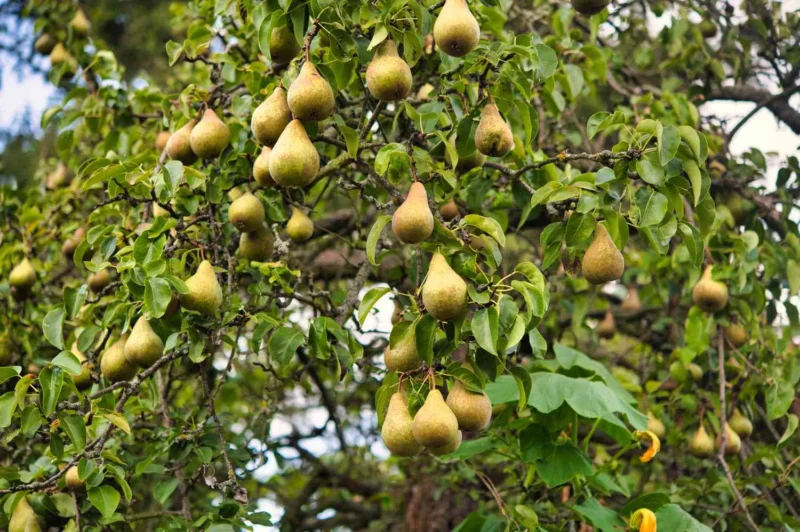
1. Plant Compatible Varieties
Choosing compatible pear trees is the first and most crucial step to successful pollination. Select at least two compatible pear trees from the pollination chart above, ensuring they have overlapping bloom times. If you’re unsure which to choose, Bartlett pears are a reliable universal pollinator for many varieties.
2. Ensure Proper Tree Spacing
-
The ideal planting distance is 15-50 feet apart to allow bees and other pollinators to transfer pollen efficiently.
-
If trees are too far apart, pollen may not reach the flowers in time, reducing fruit production.
-
If space is limited, consider planting dwarf or semi-dwarf varieties closer together to enhance pollination success.
3. Attract Pollinators
Pollinators, especially bees, are essential for successful pear tree pollination. To encourage them:
-
Plant bee-friendly flowers nearby, such as lavender, borage, and wildflowers.
-
Avoid using pesticides during blooming season, as they can harm bees and other pollinating insects.
-
Provide a bee habitat, such as a small bee house or undisturbed flowering plants, to attract and support local pollinators.
4. Consider Hand-Pollination (For Small Gardens)
If natural pollination is insufficient due to a lack of bees or other pollinators, hand-pollination can help:
-
Use a soft brush or cotton swab to collect pollen from one flower and transfer it to another.
-
Perform hand-pollination in the morning when flowers are fresh and pollen is most viable.
-
Repeat the process over several days to maximize fruit set, especially if weather conditions affect natural pollination.
Is Moonglow Pear Self-Pollinating?
One of the most frequently asked questions I get is: “Can Moonglow pear trees produce fruit without another pear tree?” The answer is yes and no.
- Moonglow pears are partially self-pollinating, meaning they can produce some fruit on their own.
- However, for larger yields and better-quality fruit, it’s best to plant another compatible pear tree nearby.
- Good pollinators for Moonglow pears include Bartlett, Anjou, and Bosc pears.
If you only have space for one tree and want the best fruiting potential, choose a truly self-fruitful variety like Bartlett.
FAQ: Your Top Pear Tree Pollination Questions Answered
1. Can a pear tree pollinate itself?
Some varieties, like Bartlett and Moonglow, are partially self-pollinating, but cross-pollination increases yield and quality.
2. Will an apple tree pollinate a pear tree?
No. Pear and apple trees are different species and cannot cross-pollinate. You need another pear variety.
3. What’s the best pear tree for self-pollination?
Bartlett, Moonglow, and Kieffer are some of the best options for single-tree planting.
4. How far apart should pear trees be for pollination?
Ideally, 15-50 feet apart. If planted too far, pollination may be less effective.
Conclusion: Plan Your Pear Orchard for Maximum Yield
If you want a productive pear tree, cross-pollination is key for most varieties. Even if you plant a self-pollinating tree like Moonglow, pairing it with a compatible variety like Bartlett or Anjou will significantly boost fruit production.
So, before planting, check a pollination chart, ensure proper spacing, and attract pollinators for the best results. Happy gardening!
If you found this guide helpful, share it with fellow gardeners or check out my other posts on fruit tree care and orchard planning!

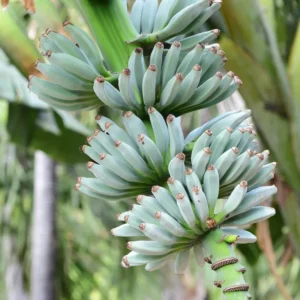 Ice Cream Banana Tree, Blue Java Banana, 4-6" Bareroot Live Plant - Vanilla Flavor Bananas - USDA Zones 8-11
Ice Cream Banana Tree, Blue Java Banana, 4-6" Bareroot Live Plant - Vanilla Flavor Bananas - USDA Zones 8-11 
